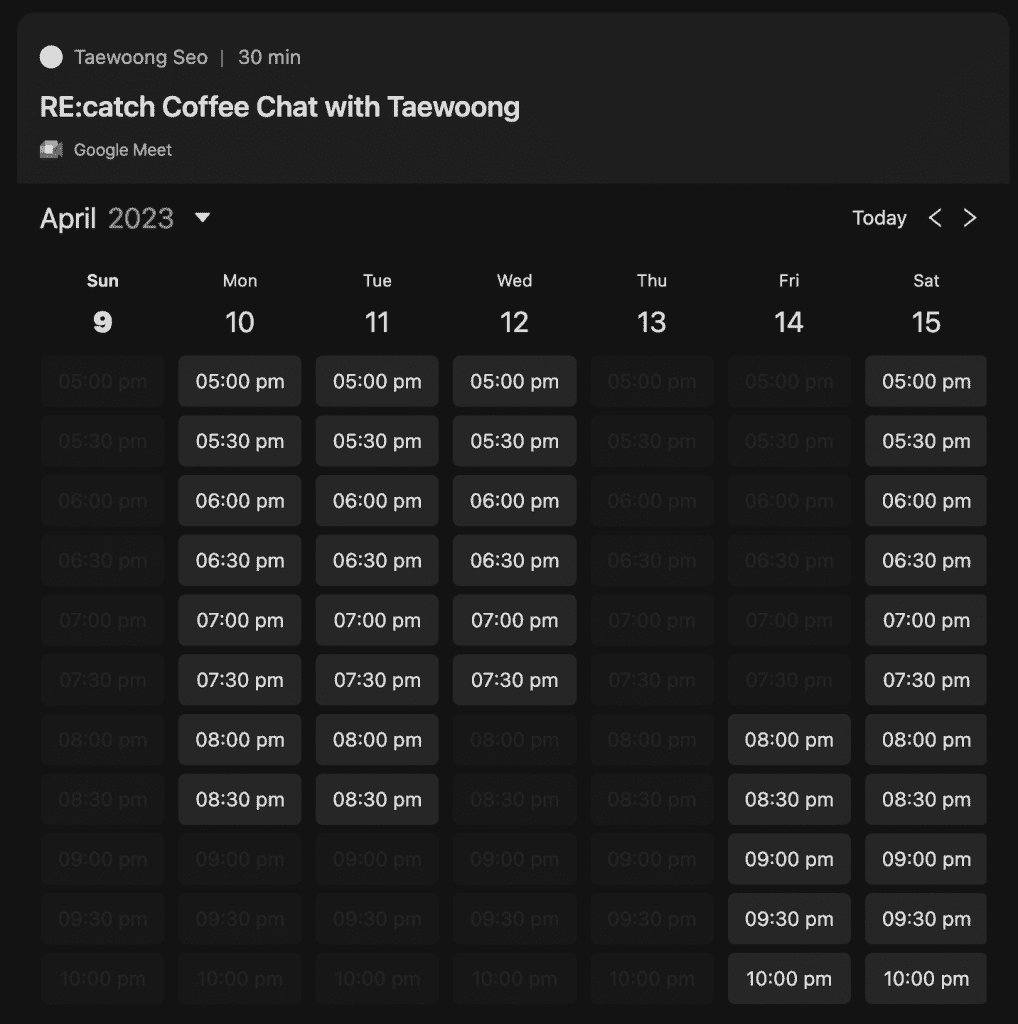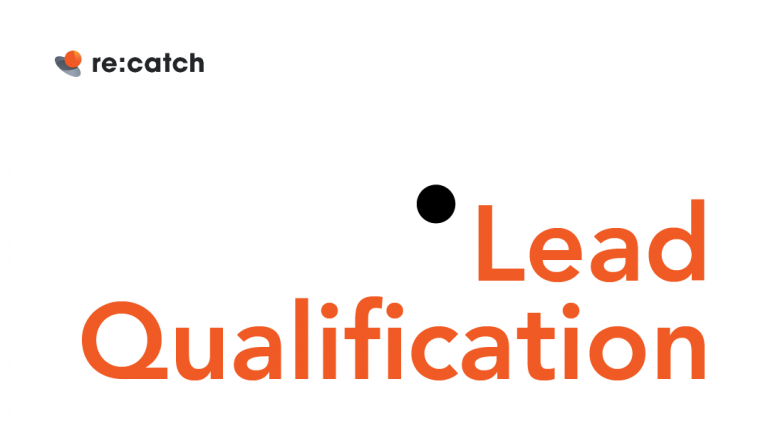Master the Art of Landing More Sales Calls with These 4 Strategies
In the highly competitive world of sales, landing more successful sales calls can make all the difference in achieving your goals. However, one of the most challenging parts of the job is actually landing sales calls with potential clients in the first place. In today’s digital age, it can be difficult to get someone’s attention and convince them to take the time to talk to you. Even when you do manage to get through to a prospect, you may find yourself facing objections, delays, and cancellations.
These difficulties can be frustrating and demoralizing, but the good news is that there are strategies you can use to increase your success rate and improve your chance of successfully landing sales meetings. In this blog post, we’ll explore some of the best techniques for creating an inbound booking page, updating your website, scheduling sales calls fast, and preparing for your sales calls. By implementing these strategies, you’ll be better equipped to land more sales calls and ultimately close more deals.

Make an Effective Inbound Booking Page
One of the most effective ways to increase the number of inbound sales calls is by creating an inbound booking page for prospects. This page can serve as a one-stop-shop for prospects to sign up for a call, chat or coffee to get to know you and your product. Without a clear and easy way for prospects to contact you, you could be losing out on potential opportunities.
For example, imagine a prospect lands on your landing page and is interested in learning more about your product, but they can’t find a way to schedule sales calls or chat with you. They may quickly lose interest and move on to a competitor who offers a more seamless experience. By having an inbound booking page, you can streamline the process and make it easy for prospects to schedule a call with you, ultimately increasing the number of inbound sales calls.
Designing an effective booking page is key to ensuring that prospects can easily sign up for a call or chat with you. The booking page should be easy to access from the landing page and not require too many steps to sign up. The information required should be kept to a minimum to avoid creating any barriers to entry. Additionally, it should clearly show the date, time, and location of sales calls, as well as what the prospect can expect from the conversation. Utilizing an existing booking page tool can be a game-changer for any salesperson.
One of the most popular options is Calendly, which allows you to create a booking page with customizable settings, including the length of the call and buffer times between meetings. Another great option is Re:catch, which allows you to create a booking page for your team that prospects can sign up for with ease. Re:catch even automatically creates available schedule slots based on your working hours and checks for any conflicts with your Google calendar. By using these tools, you can focus more on doing sales calls and less on designing a whole booking page from scratch.
In addition to utilizing tools like Calendly and Re:catch, there are a few other tips to streamline and optimize building a booking page for sales calls. First, consider setting up automated reminders for both yourself and the prospect leading up to the scheduled call. This can increase the likelihood that the call actually takes place and can also help build rapport with the prospect.

Second, consider offering multiple options for scheduling the call, such as both phone and video call options. This can increase the likelihood of finding a time that works for both you and the prospect. Finally, make sure to follow up with prospects promptly after they sign up for a call, and provide any necessary details or instructions for the call in advance to ensure that it goes smoothly. By implementing these tips, you can increase the efficiency and success rate of your sales calls scheduling process.
Keep Your Website Up to Date
Having an updated website is crucial in both inbound and outbound sales as it can greatly increase your chance of landing more sales meetings. An outdated website can discourage potential clients from reaching out to you as it may give the impression that your business is not keeping up with the latest trends or is not actively engaged in its online presence.
On the other hand, a well-designed and updated website can make a great first impression and help establish credibility with prospects. In addition to design and content, your website should also have clear and easy-to-find contact information, such as a phone number and email address. This will make it easier for prospects to get in touch with you and potentially set up a sales call.
One way to do this is by embedding a booking page or contact us form on your website. This allows prospects to easily schedule a call or send a message without having to search for contact information. It’s important to ensure that your website is optimized for search engines so that potential clients can easily find you through organic search. This means including relevant keywords, creating valuable content, and utilizing meta tags and descriptions.
Another tip is to showcase different use cases or customer success stories on your website. This allows prospects to see how your product or service has been helpful to others and can be useful to them as well. Another important aspect of an effective website is listing out potential ideal customer profiles. This can help prospects understand whether your product or service is a good fit for their needs.
For example, if your product is a project management tool designed for small businesses, listing out the potential ideal customer profiles could include small business owners, startup teams, or freelancers. Providing this information on your website can make it easier for potential customers to identify themselves as part of your target audience and take the next step in reaching out for a sales call. By implementing these tips, your website can become a valuable asset for generating inbound leads and landing more sales calls.
In terms of landing sales calls, the difference between a well-optimized website and a poorly-optimized one can be significant. A well-optimized website that clearly showcases its value proposition and provides easy access to a booking page or contact form will likely see a higher number of inbound sales calls. On the other hand, a poorly-optimized website that fails to clearly communicate its value proposition or make it easy for prospects to take action will likely see a lower number of inbound sales calls. It’s important to keep in mind that your website is often the first point of contact for potential customers, and optimizing it can have a significant impact on your ability to land sales calls.
Schedule Sales Call As Soon As Possible
Efficiently scheduling sales calls is crucial for maximizing your time and increasing your chances of success. By prioritizing your schedule and streamlining the booking process, you can ensure that you’re only spending time on qualified leads and reducing the risk of wasting valuable hours on uninterested prospects.
One useful strategy is to use a scheduling tool that integrates with your calendar and allows prospects to easily book a call at a time that works for both parties. Another tip is to block off specific time slots for sales calls each day or week, and stick to that schedule as much as possible. By setting clear boundaries and expectations around your availability, you can avoid the common pitfalls of missed sales calls, double bookings, and scheduling conflicts.
In addition to tips for scheduling calls efficiently, there are also tools that can help streamline the process. By utilizing tools like Google Calendar and Re:catch, salespeople can streamline their scheduling process and increase their chances of securing more calls with prospects. Google Calendar offers a simple and user-friendly platform for scheduling reminders and ad-hoc calendar invites. Its integration with other Google tools like Gmail makes it a convenient option for sales professionals.
Additionally, Re:catch takes scheduling to the next level by allowing users to drag available time slots for a sales call and easily copy and paste those slots into the sales email. This not only reduces email threads of communicating with a prospect or a lead but also makes the scheduling process much more efficient. By leveraging these scheduling tools, salespeople can focus on what they do best – selling.
One of the most important aspects of following up is setting reminders to ensure that the sales calls take place. This can be done through various methods such as calendar reminders, email reminders, or even setting alarms on your phone. Scheduling tools like Re:catch automatically sends reminder emails to the leads and prospects so that neither sales reps nor the prospects forget about the scheduled sales call. It’s important to also keep in mind that timing is key when following up with prospects.
You don’t want to come across as too pushy or aggressive, but you also don’t want to wait too long and risk losing their interest. Best practices for following up include sending a quick email or text message after the initial conversation to thank them for their time and reiterate the next steps. It’s also important to personalize your follow-up messages and tailor them to the specific needs and interests of each prospect. By following these best practices, you can increase the likelihood of converting a scheduled sales call into a successful one.
Know Your Prospect
Great, now that you’ve successfully scheduled a sales call, it’s important to make sure that you’re fully prepared for it. One of the key aspects of preparing for a sales call is gathering information about the prospect. While it’s important to do your own research and understand their industry, company, and pain points, it’s also crucial to try to gauge their specific needs and challenges.
This can involve asking questions during the scheduling process, reviewing any information they’ve provided about themselves or their company, and even looking at their social media profiles to get a better sense of their personality and interests. By understanding the prospect’s specific needs, you’ll be better equipped to tailor your sales pitch and address their concerns during the call.
One crucial element of preparing for a sales call is having a script or at least a rough outline of what you want to cover during the call. This can help ensure that you cover all the important points and keep the conversation on track. However, it’s important to strike a balance between sticking to the script and being flexible enough to adapt to the conversation as it unfolds.
A script that’s too rigid or impersonal can come across as insincere or robotic, while a script that’s too loose or unstructured can result in missed opportunities or wasted time. Once you’ve put in the effort to research and prepare for the call, and have a script in hand, you should be ready to jump on the call and effectively engage with the prospect.
Wrapping Up
Landing successful sales calls requires a strategic approach that combines various tactics to optimize your sales process. It starts with ensuring that your website is optimized for inbound and outbound sales, with easy-to-use booking pages, clear messaging, and customer success stories. Next, it’s essential to prepare thoroughly for sales calls, researching prospects’ needs and challenges, and writing a script in advance to guide the conversation.
Ultimately, landing the sales call is often the most difficult and critical part of the process. Without it, all the preparation and research is for naught. However, constantly striving to land more calls can be a waste of time and energy. That’s why the tips we’ve discussed in this article are so valuable. By following these strategies, you’ll be able to focus on what really matters: using your sales skills to close deals and grow your business.







